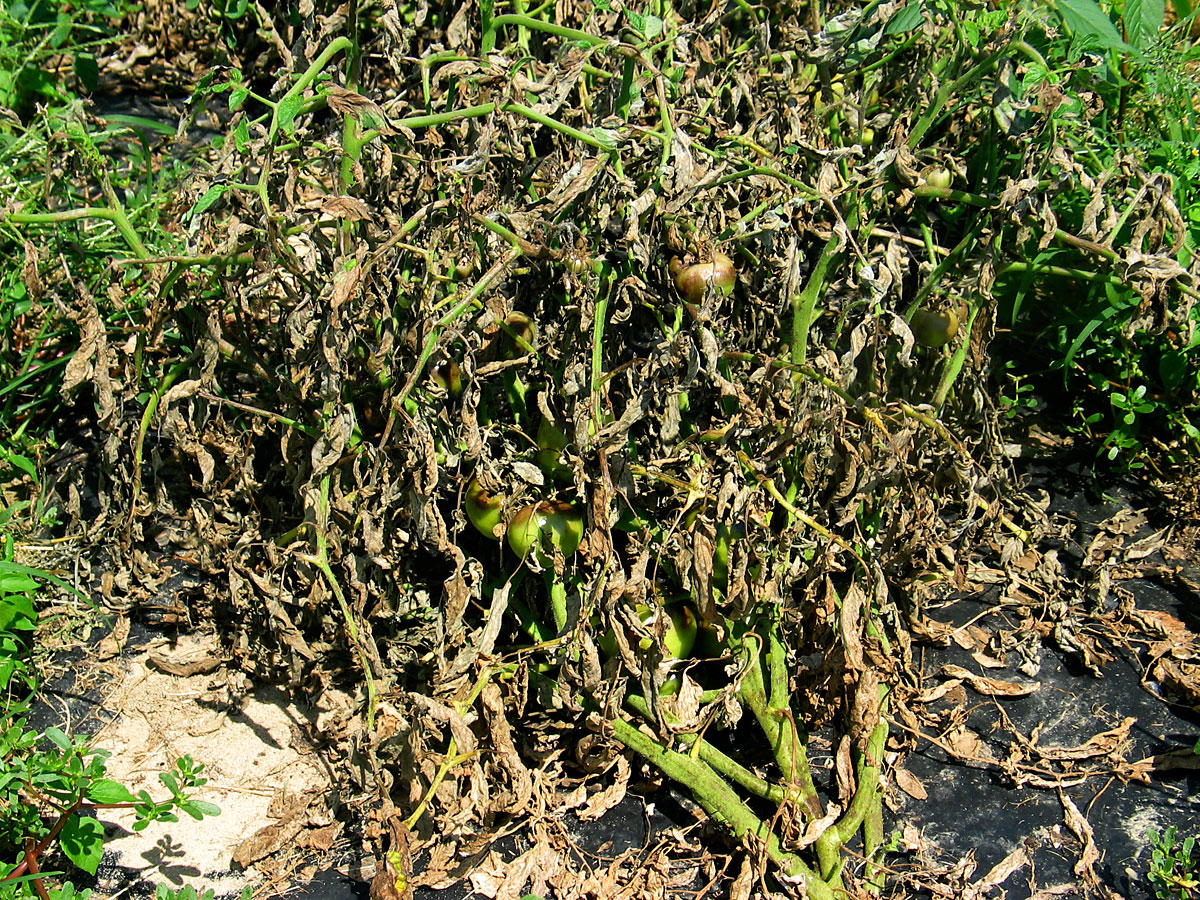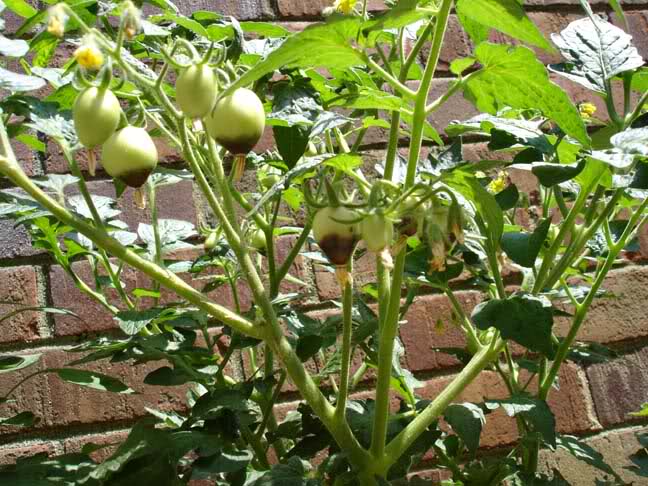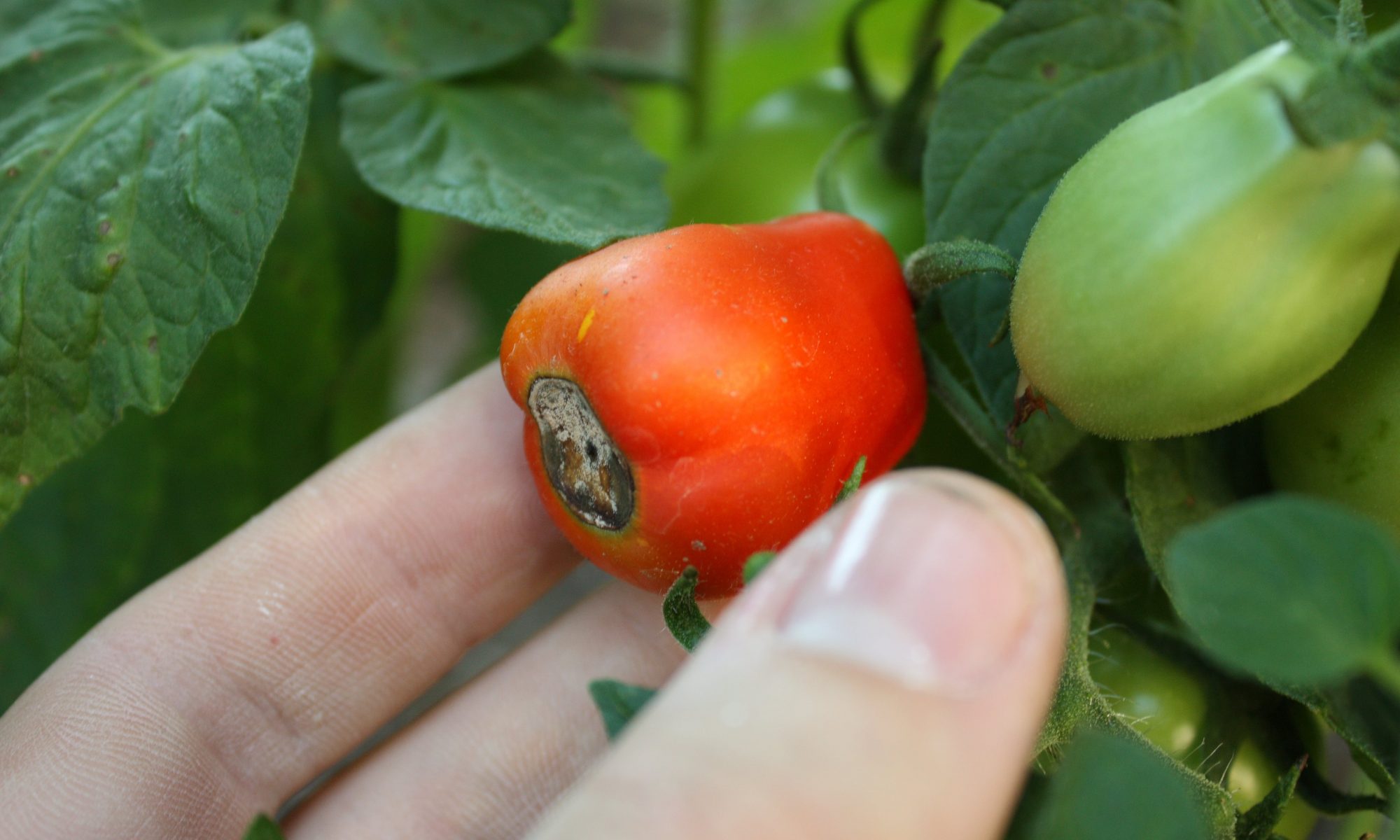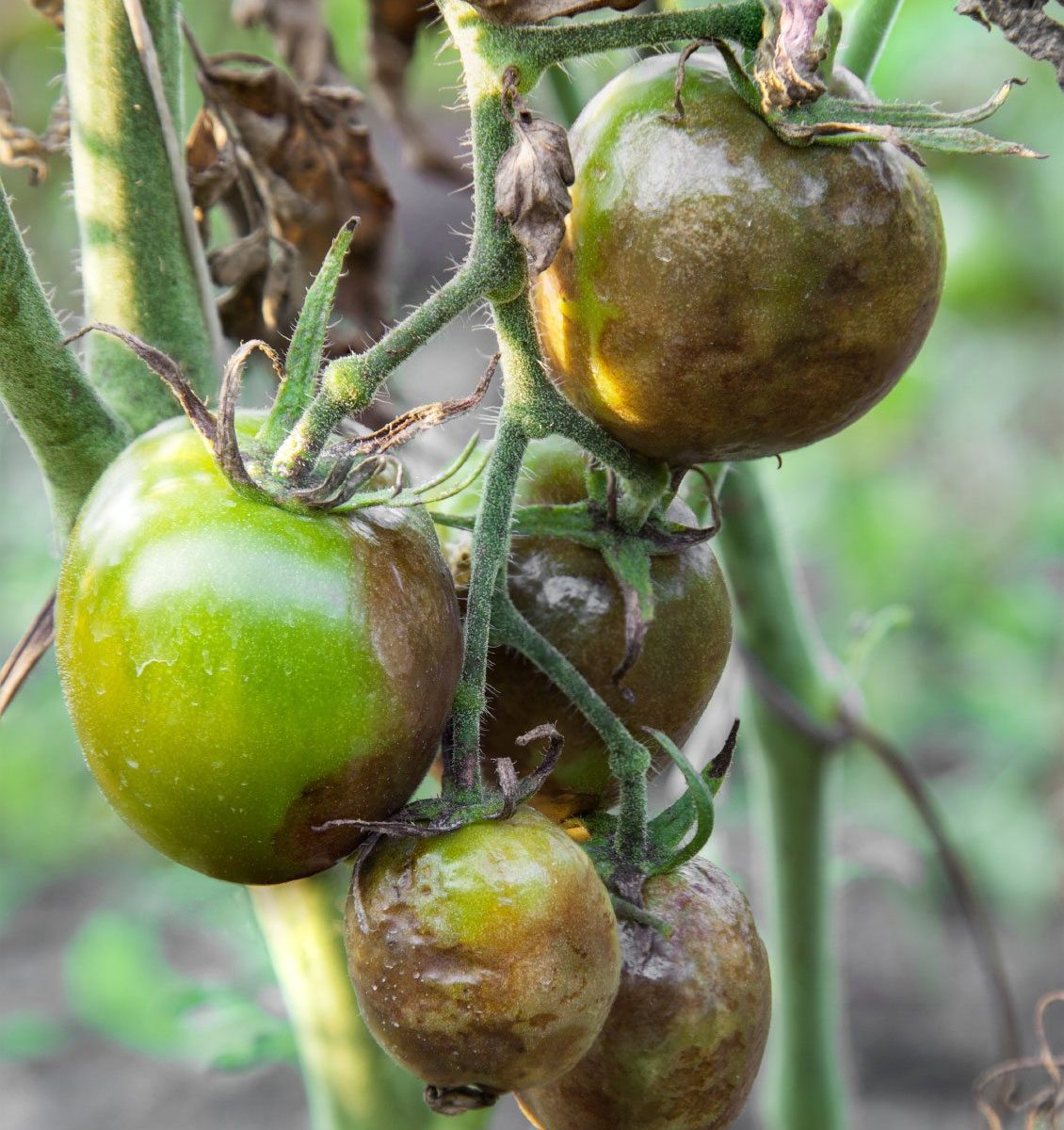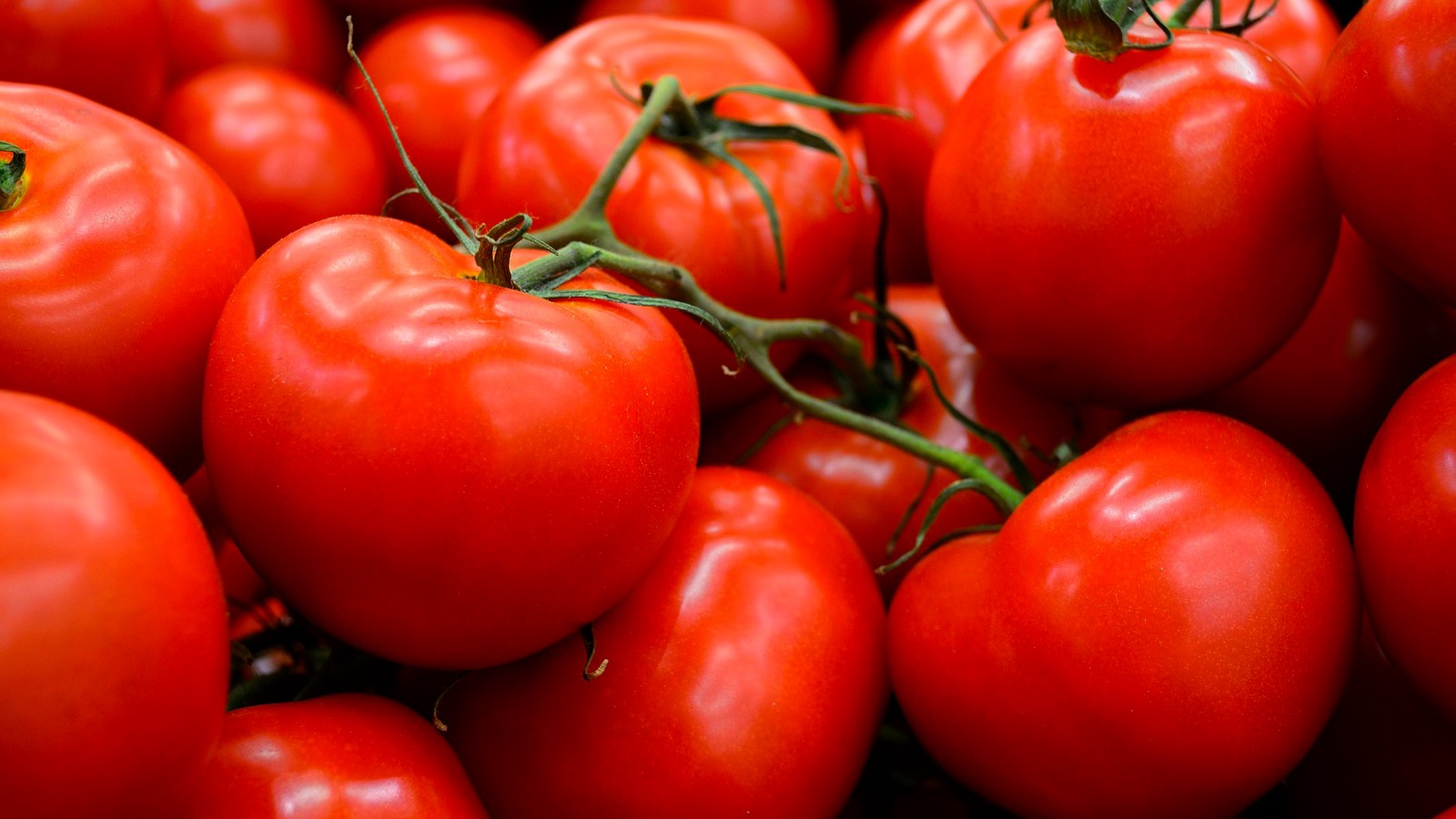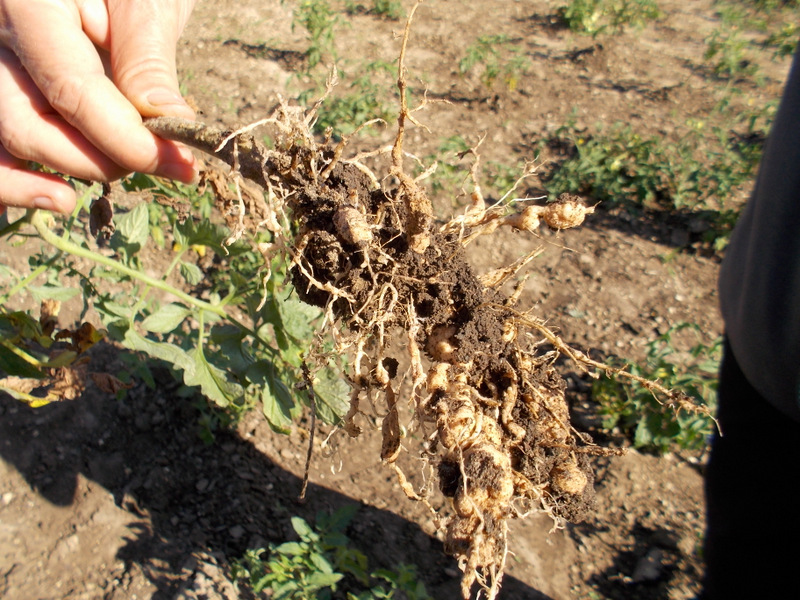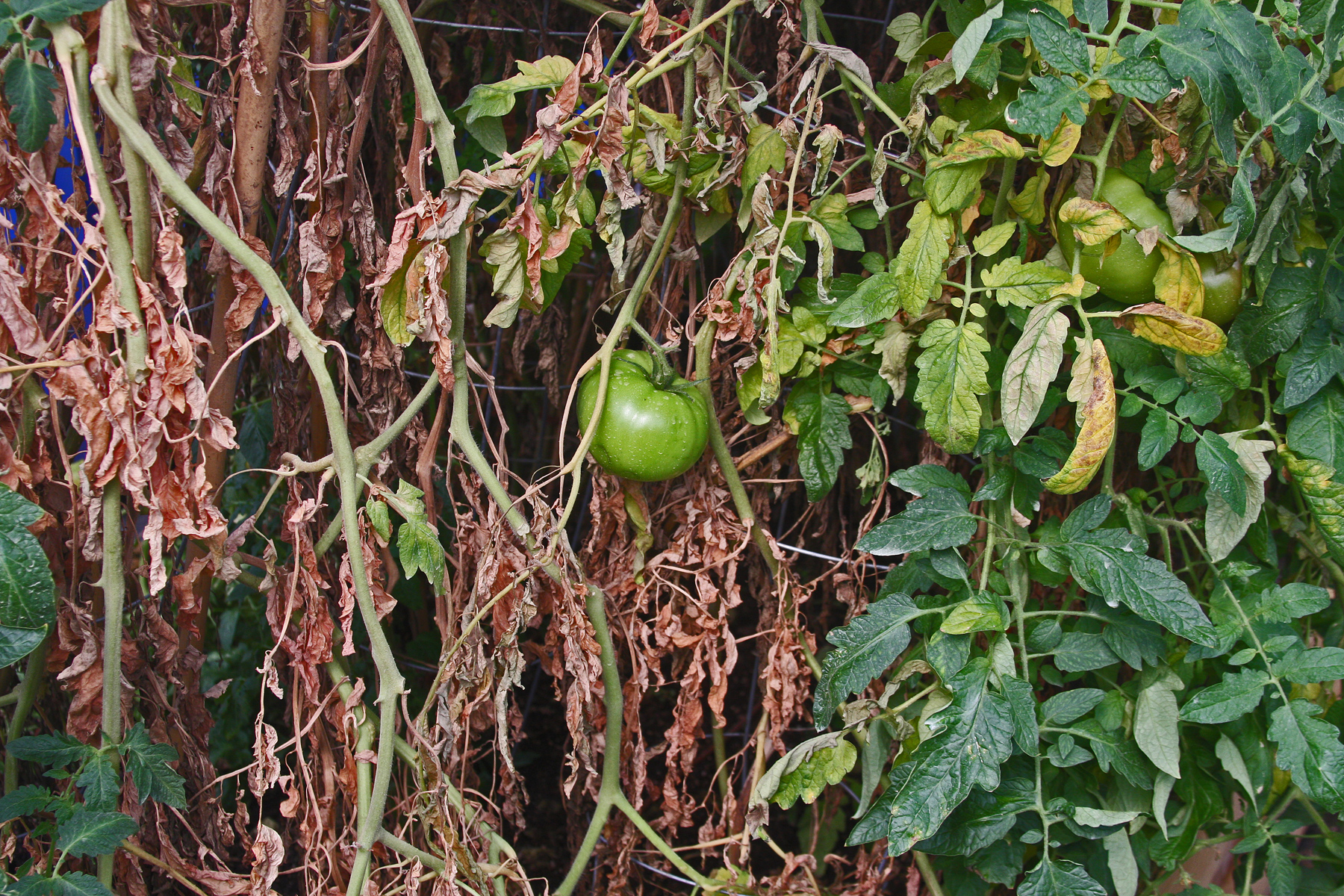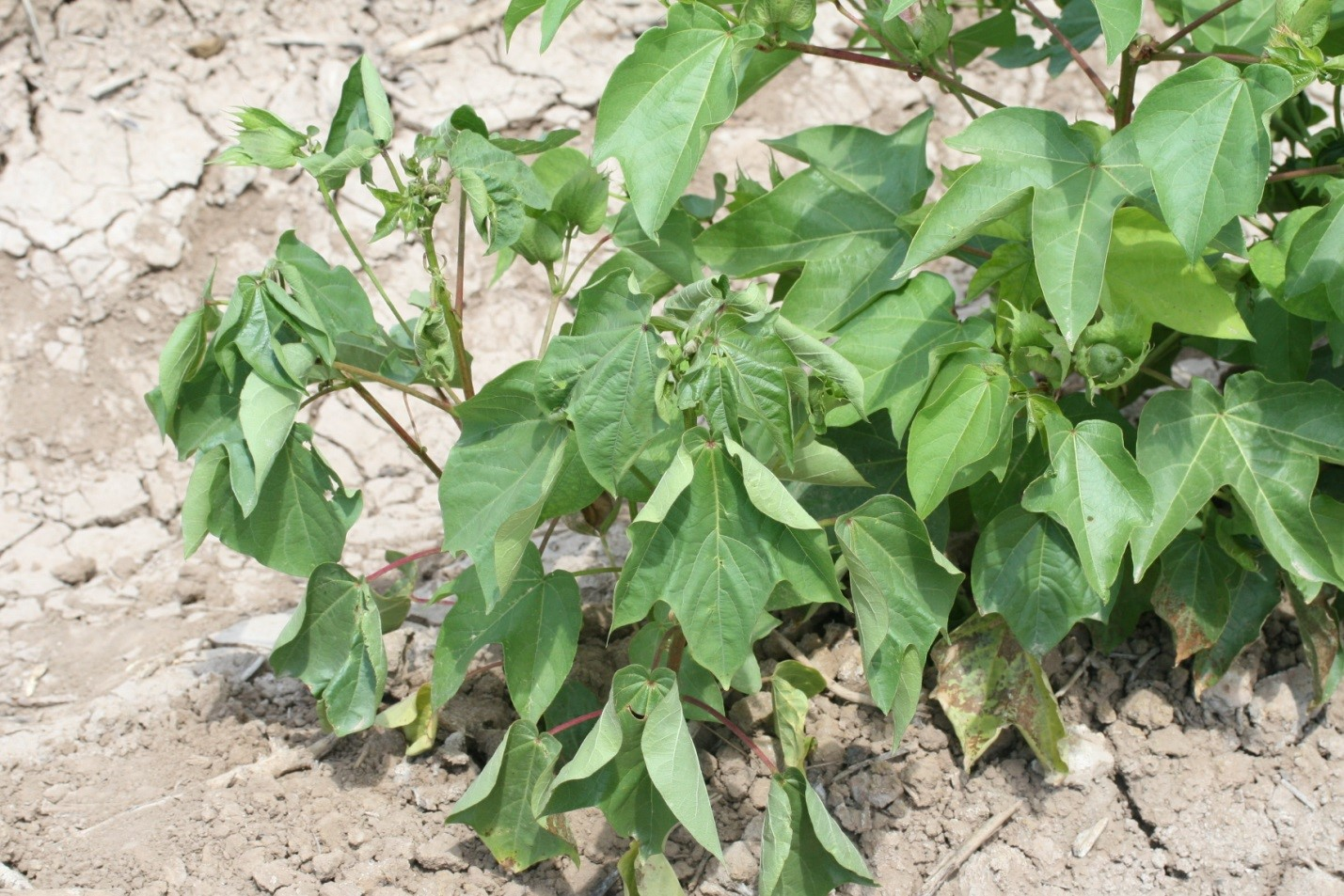- first appears of Late blight on the lower, older leaves as water-soaked, grey-green spots.
- As the disease matures, these spots darken and a white fungal growth forms on the undersides. Eventually, the entire plant will become infected.
- Crops can be severely damaged.
- The disease spreads quickly in fields and can result in total crop failure if untreated
Like and share with other farmers by clicking on the button below
Share
